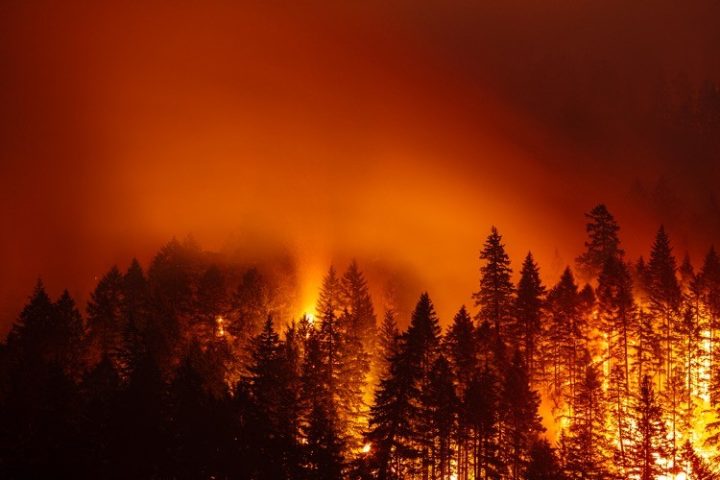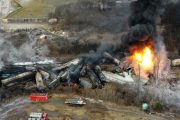
A federal agency has been caught tampering with historical wildfire data in an obvious effort to make wildfire prevalence and severity appear to be correlated with alleged global warming.
Created in 1965, the National Interagency Fire Center (NIFC) maintains statistics on annual wildfire counts and the number of acres burned in those fires. Until recently, the NIFC posted on its website wildfire statistics for every year since 1926, as evidenced by this Internet Archive screen capture. However, the agency now only posts statistics from 1983 to the present. Why?
“The answer,” asserts climate realist Anthony Watts, “is simple; data prior to 1983 shows that U.S. wildfires were far worse both in frequency and total acreage burned. By disappearing all data prior to 1983, which just happens to be the lowest point in the dataset, now all of the sudden we get a positive slope of worsening wildfire aligning with increased global temperature, which is perfect for claiming ‘climate change is making wildfire[s] worse.’”
To prove his point, Watts created graphs from both the original data and the now-scrubbed data. The graph of the complete dataset shows that from the 1920s to the early 1980s, there were far more wildfires covering far more acreage than there have been since. The graph of the current NIFC dataset, on the other hand, suggests an increase in both statistics over time.
Another graph generated by Watts sheds further light on the complete dataset. The worst of the wildfires occurred during the 1930–1941 “Dust Bowl” era and again during the 1976–1978 drought in the West. Meanwhile, 1982–1983 saw a “super El Nino” that soaked the western states, causing 1983 to have the fewest and least-destructive wildfires on record. After that, wildfire and acreage counts naturally increased, but thus far they have seldom approached most of the pre-1983 counts and have been far below the counts from the peak years of that era.
Watts traces the history of the NIFC’s public statements on the pre-1983 data and finds a curious pattern: Since Watts’ publicization of the data’s death blow to the claim that “global warming” causes wildfires, the NIFC has cast increasing doubt on the reliability of the older data to the point that it now claims said data is so bad it cannot be posted publicly.
When the NIFC, in 2011, initially posted the wildfire data on its website, it added this relatively benign caveat: “Figures prior to 1983 may be revised as NICC [National Interagency Coordination Center] verifies historical data.”
In December 2017, Watts republished an article citing the NIFC data as part of its justification for doubting that “climate change” was the cause of wildfires in California.
By the following March, NIFC had become considerably less confident that its pre-1983 data was accurate, replacing the previous caveat with:
The National Interagency Coordination Center at NIFC compiles annual wildland fire statistics for federal and state agencies. This information is provided through Situation Reports, which have been in use for several decades. Prior to 1983, sources of these figures are not known, or cannot be confirmed, and were not derived from the current situation reporting process. As a result the figures prior to 1983 should not be compared to later data.
Today, the NIFC only posts data from 1983 and later, saying, “Prior to 1983, the federal wildland fire agencies did not track official wildfire data using current reporting processes. As a result, there is no official data prior to 1983 posted on this site.”
Watts isn’t buying it. The deleted data, he observes, “has been trusted for decades in almost every news story about any wildfire that ever occurred in the U.S.”
“NIFC … is essentially labeling every firefighter, every fire captain, every forester, and every smoke jumper who has fought wildfires for decades as being untrustworthy in their assessment and measurement of this critical, yet very simple fire data,” he declares.
Why would the agency do this? Watts’ conclusion is fairly inescapable: “It seems to me that NIFC very likely caved to pressure from climate activists to disappear this inconvenient data. By erasing the past data, NIFC has become untrustworthy. This erasure is not just unscientific, it’s dishonest and possibly fraudulent.”



